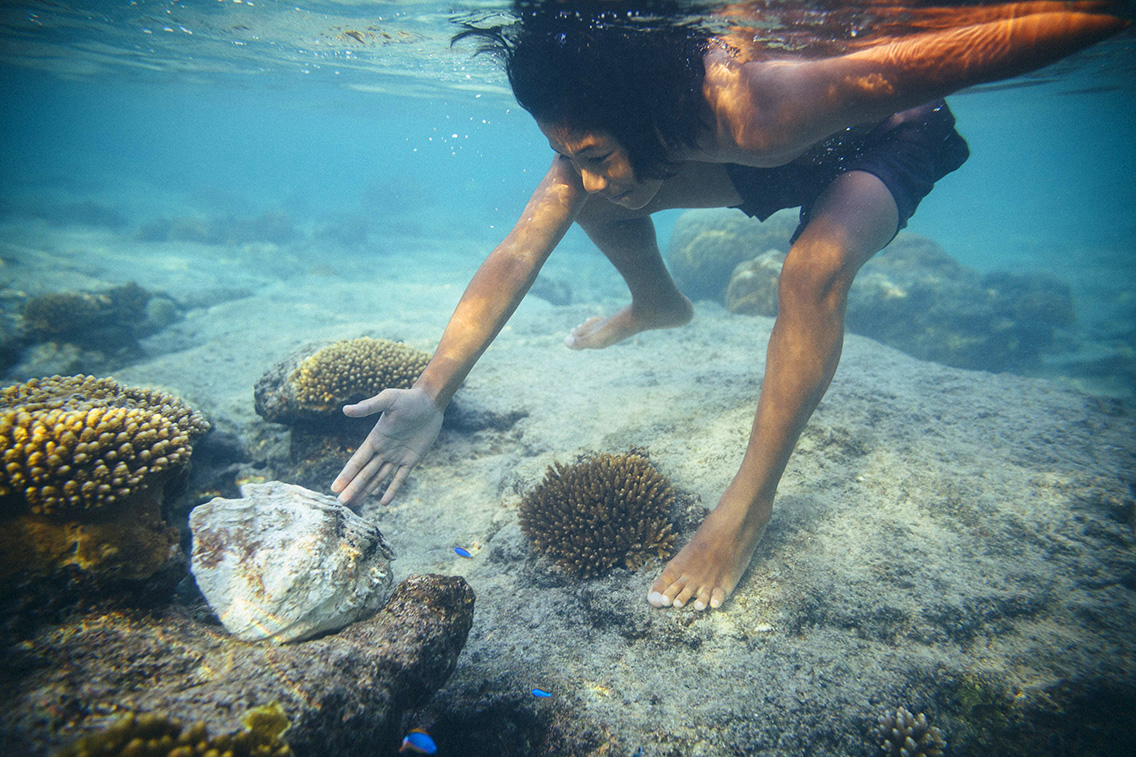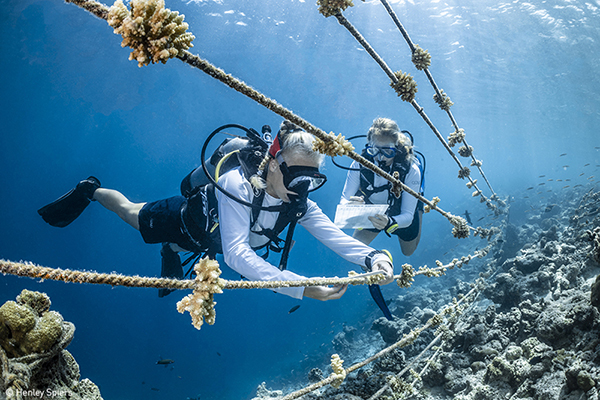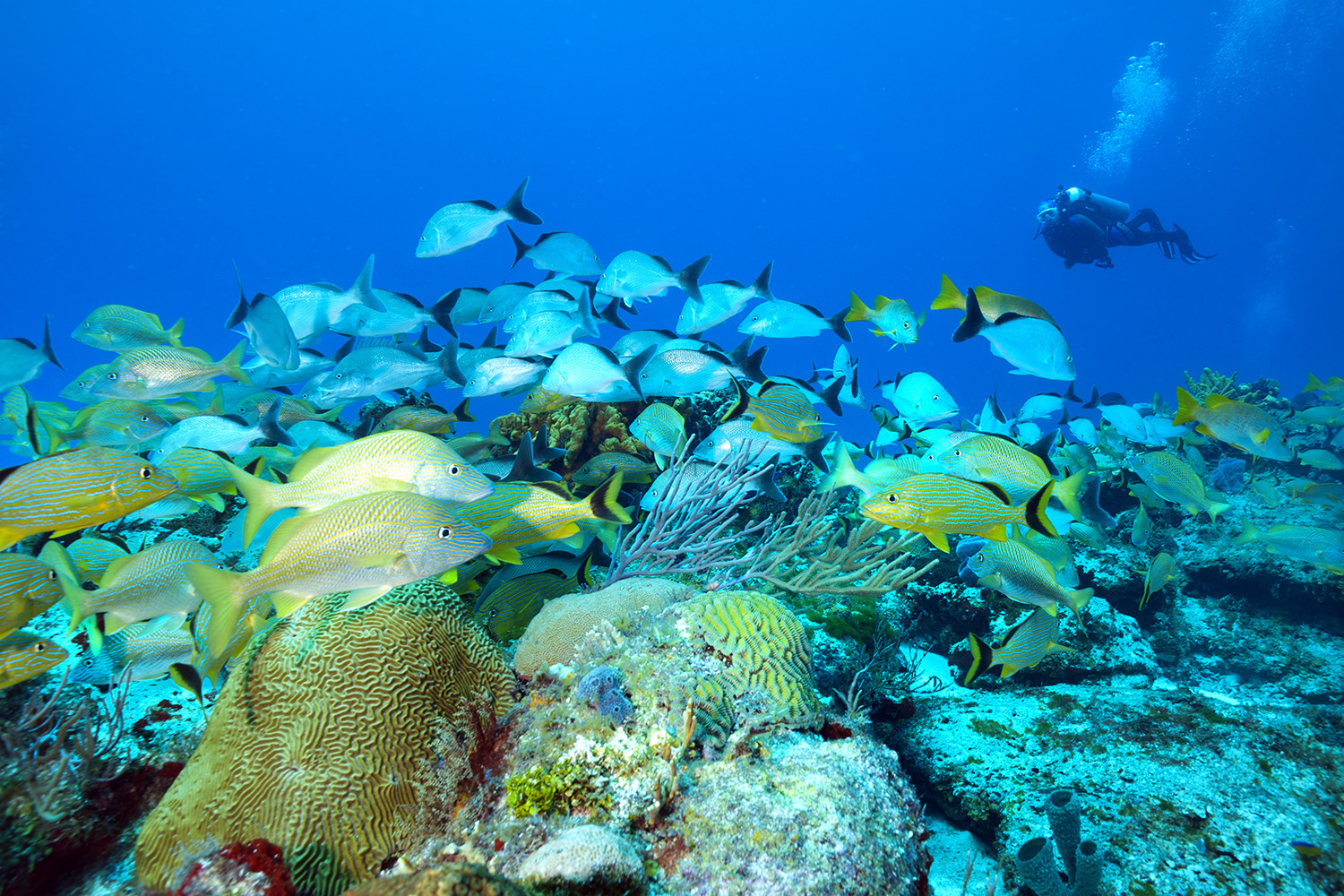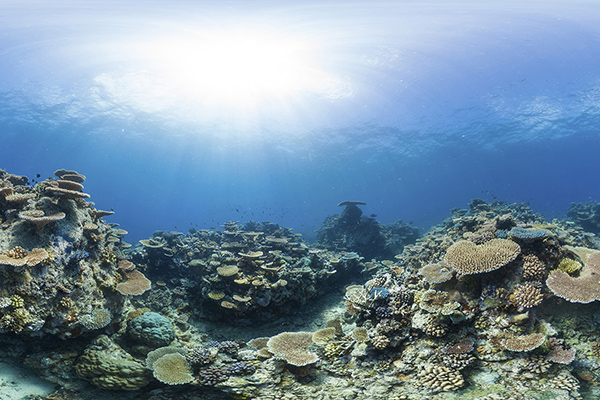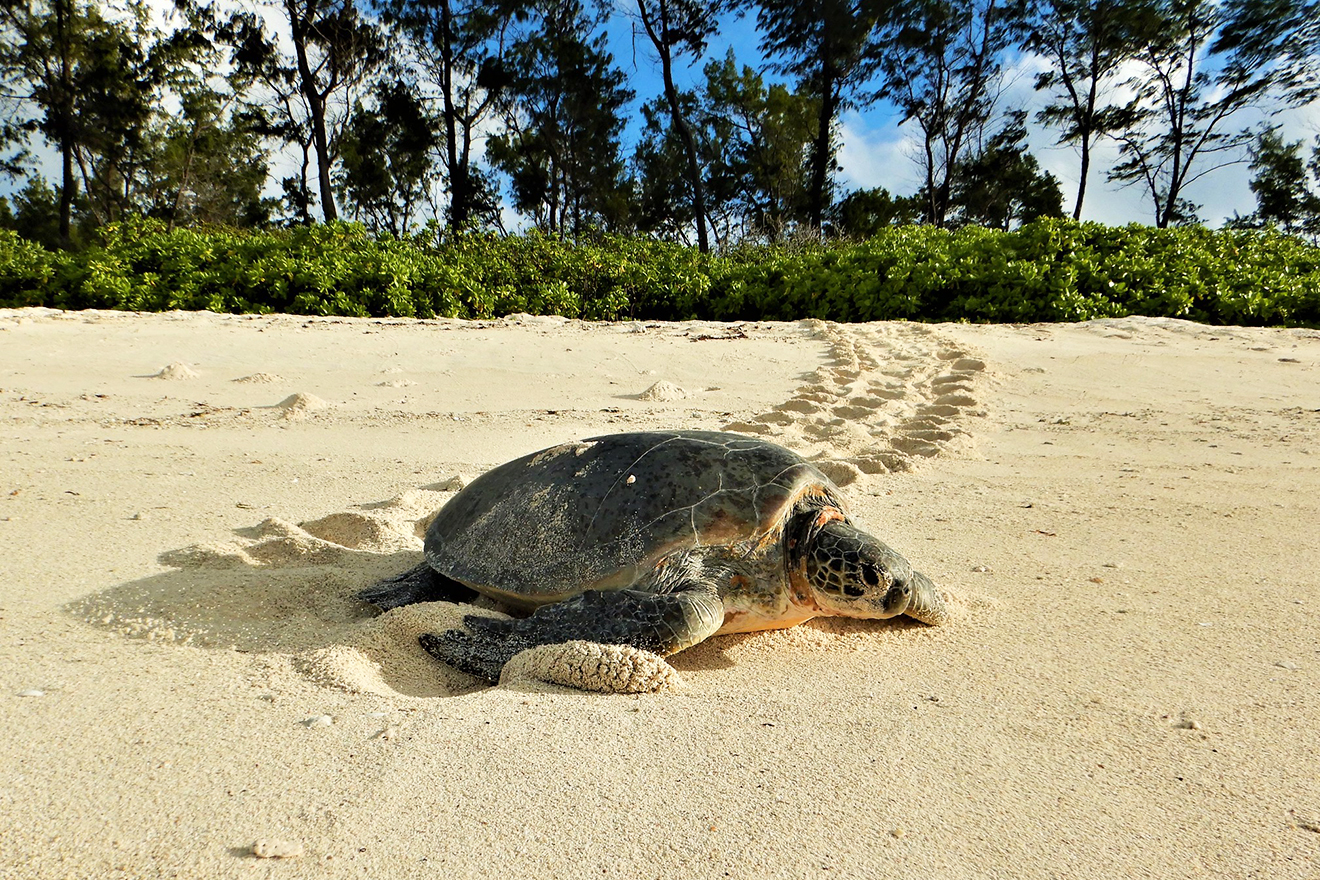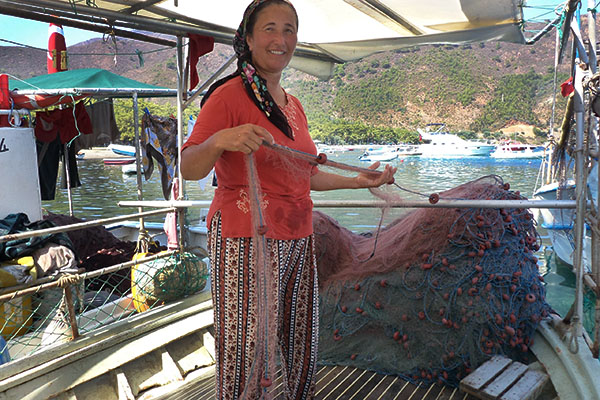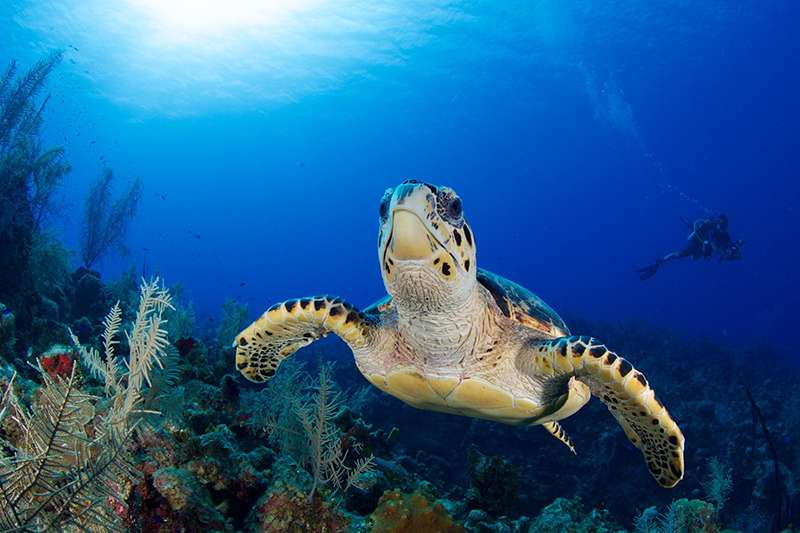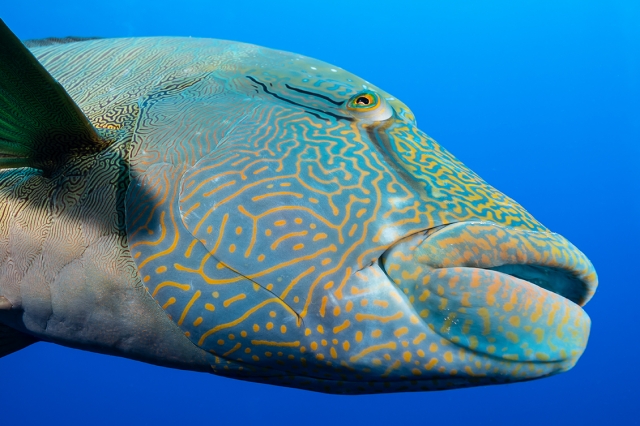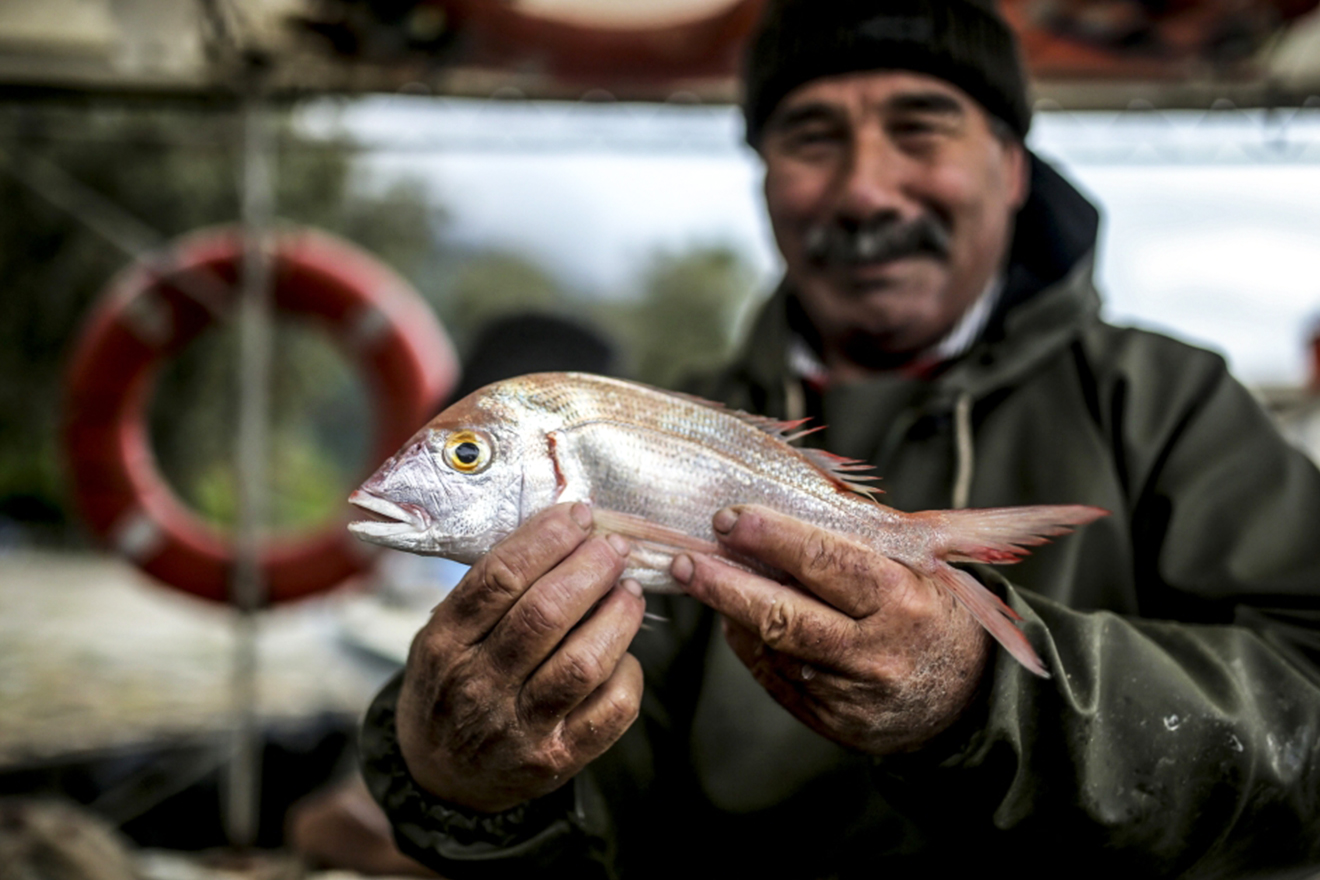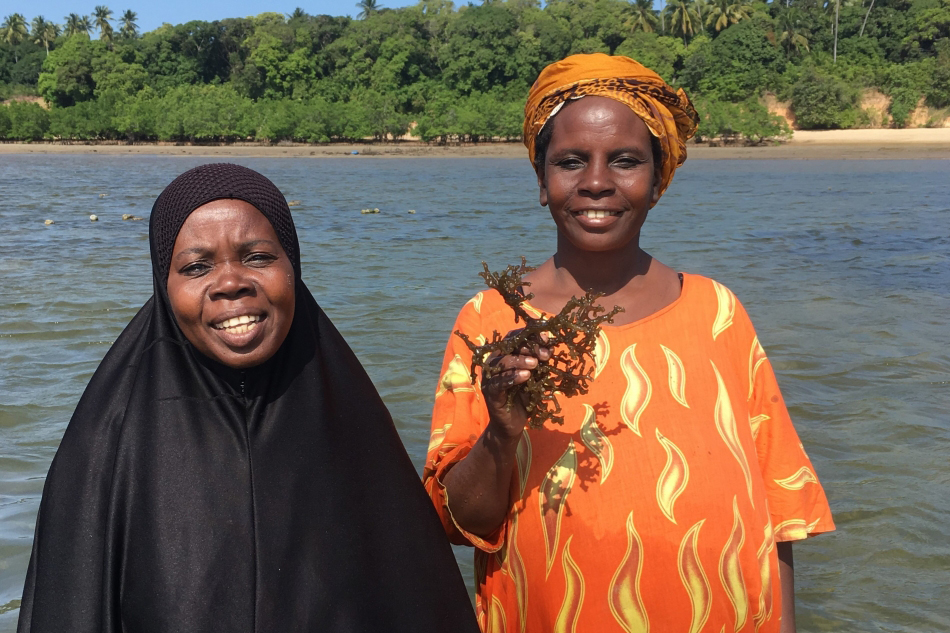UNEP has created immersive digital experiences for its #WildforLife campaign. These four ecosystem-based “journeys” show the magic of interconnected natural systems and inspire people to take action to protect these distinct ecosystems. The first is Marine Journey. This aquatic adventure informs and inspires people to conserve coral reef, seagrass and mangrove ecosystems. The campaign aims at reversing trends such as two-thirds of oceans being significantly and negatively altered by human activity.
Join UNEP’s Wild for Life virtual, immersive journey through three unique but connected marine ecosystems – mangroves, seagrass and coral reefs – that are threatened by human activity.
The health of the oceans is tied to our health. They provide most of the oxygen we breathe. They are a major source of food and medicine and they are our allies against the coronavirus. These are just some multiple reasons why we should celebrate World Oceans Day every June 8 - to remind everyone of the major role the oceans have in everyday life. This year, under the theme “Innovation for a Sustainable Ocean”, UN will host a full-day virtual event that will shed light on innovations from around the globe. Join the UN Secretary General, experts and celebrities.
The task is to create a short video about why the world needs to urgently support greater ocean protection and climate action. Participate at Save the Ocean Creative Challenge
A ‘blue’ economy implies some measure of alignment between economic development and the health of the ocean. UNDP helps Seychelles, consisting of about 115 islands, strike that balance.
UNEP partner, Ocean Agency, invites parents and children to experience the ocean and its astounding life forms from their homes. Remote diving is the new remote working.
Coral reef ecosystems cover just 0.1 per cent of the ocean, yet they support 25 per cent of its life and the lives of half a billion people on land. In the face of climate change and destructive human activities like overfishing and pollution, it is important to understand the interconnectedness of organisms. Protecting coral reefs means protecting the ocean’s variety of life, which in turn means protecting our own lives as well. Experience a coral reef through the eyes of a sea turtle to understand its unique role in maintaining nature’s balance.
Corpulent, thick-lipped, with eyes set off as if by smudged mascara. Head like a delicately patterned anvil. Body a shimmering blue. Known prosaically as the humphead wrasse, and more majestically as the Napoleon, the fish may appear either stunning or endearingly misshapen. Still: neither its intriguing appearance, nor its role in sustaining marine ecosystems (it preys on toxic sea animals and maintains the health of the coral reef) has kept the Napoleon safe. A rampant appetite for what is seen as a culinary delicacy in East Asia has badly dented stocks. Enter capture-based aquaculture.
Did you know that coral reefs provide a home that supports more than a quarter of all marine life? Corals are much more than just beautiful. They provide important ecosystem services to people and planet. Yet they are under threat.
Help Kids Save our Oceans and be Environmental Heroes
How sea cucumbers are boosting the bioeconomy in Zanzibar



